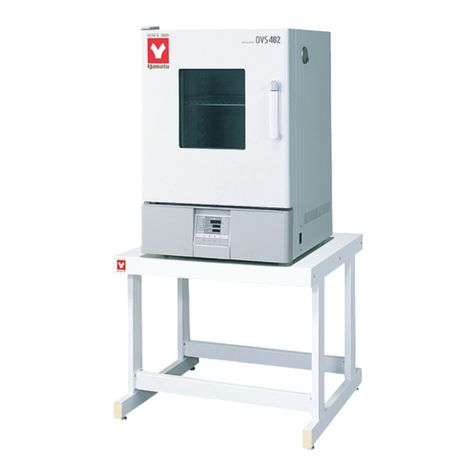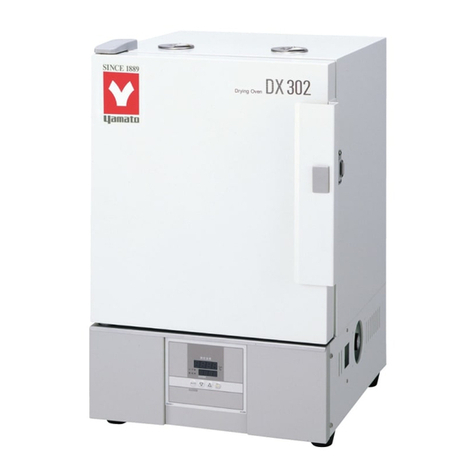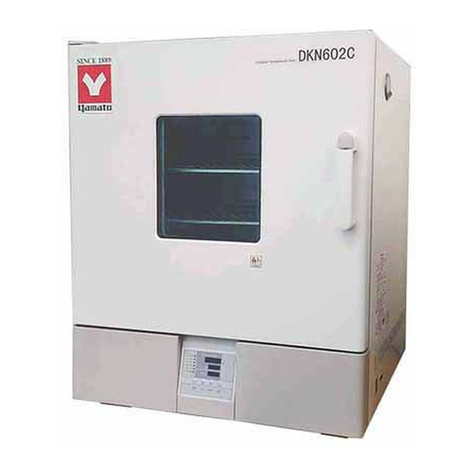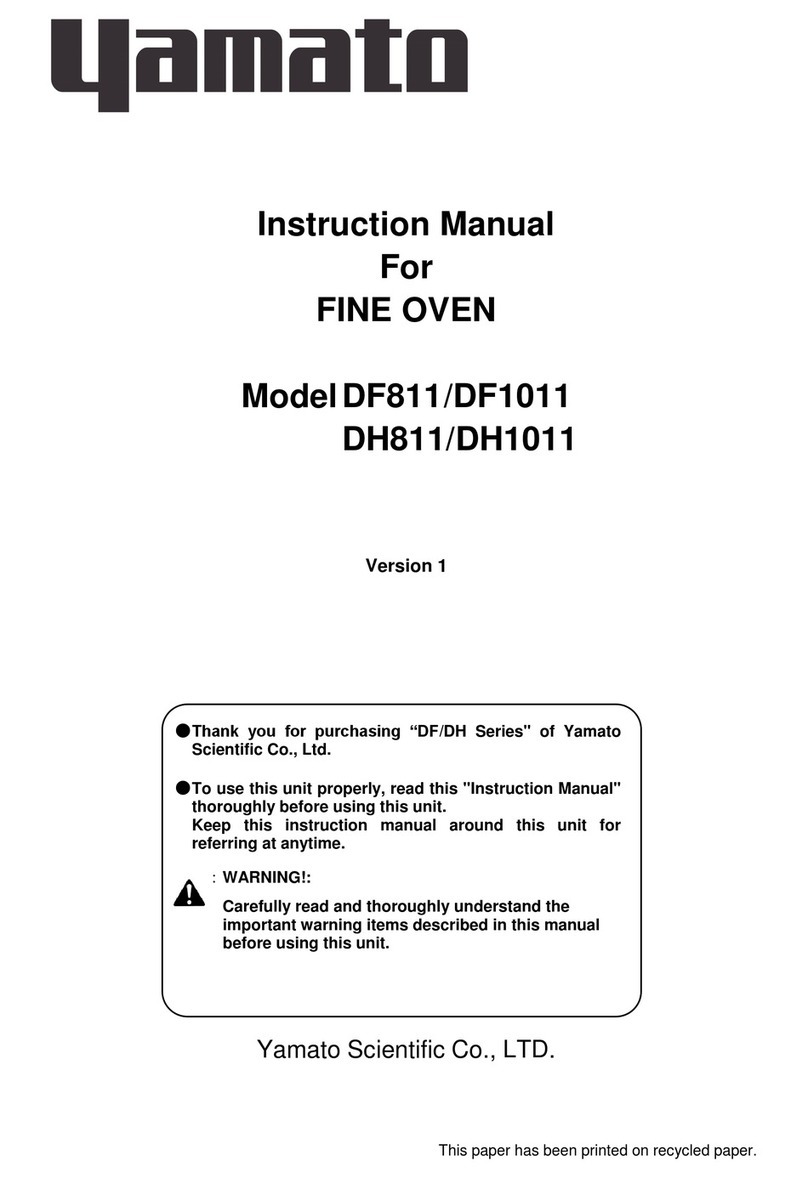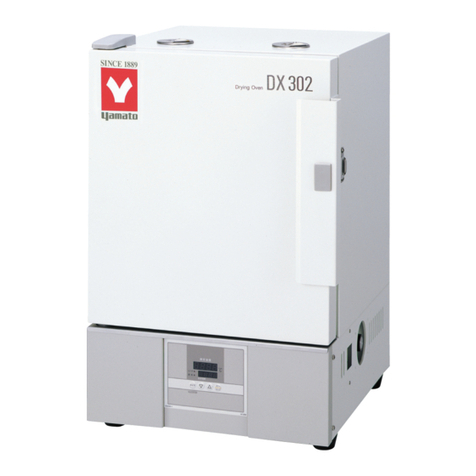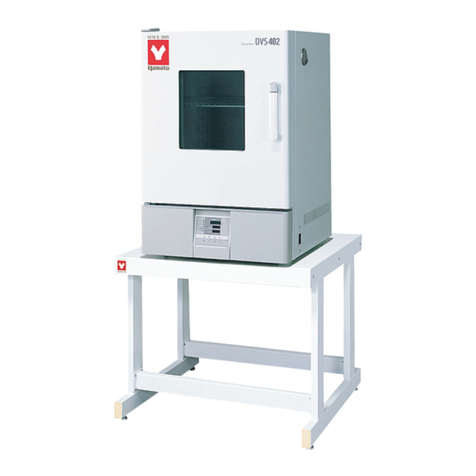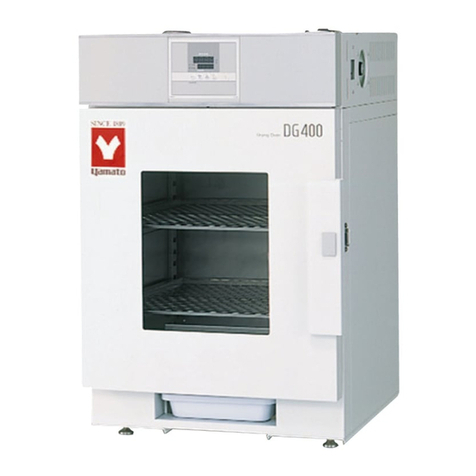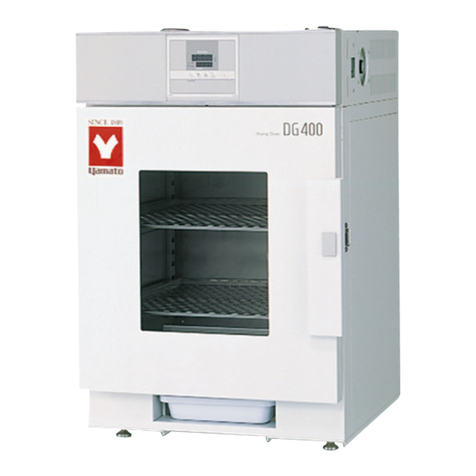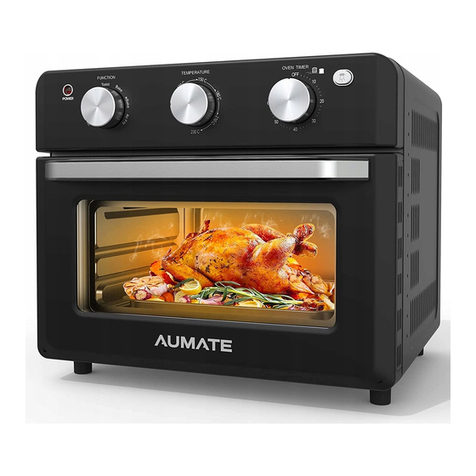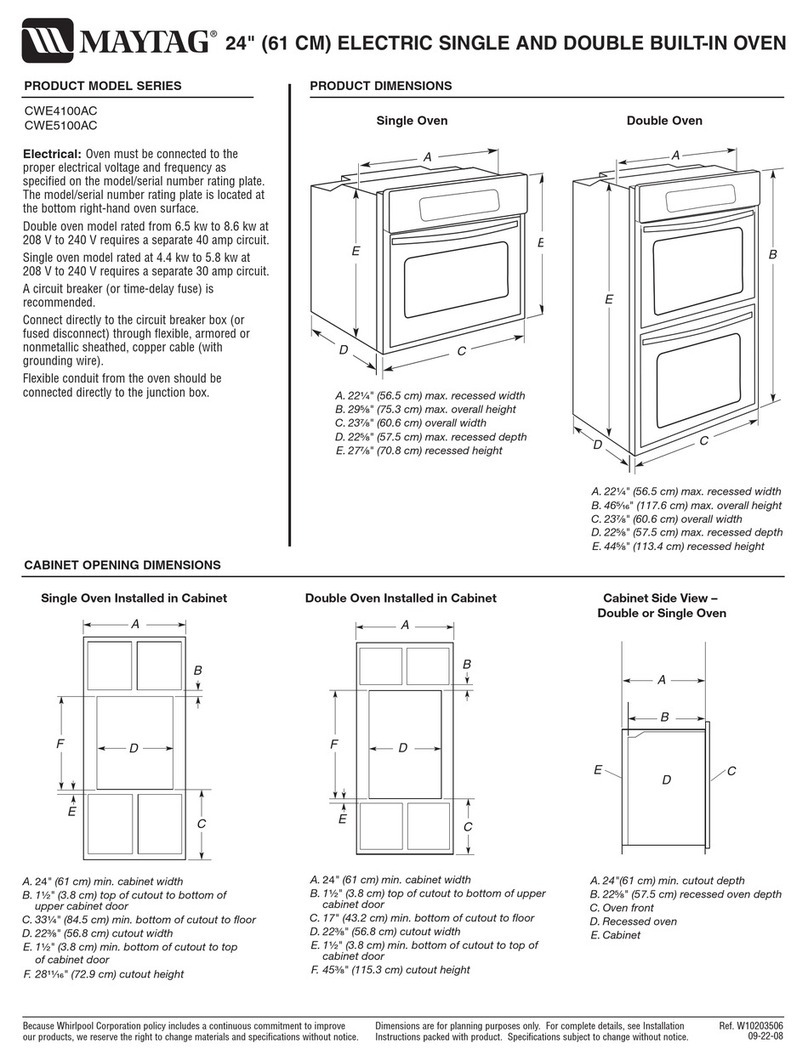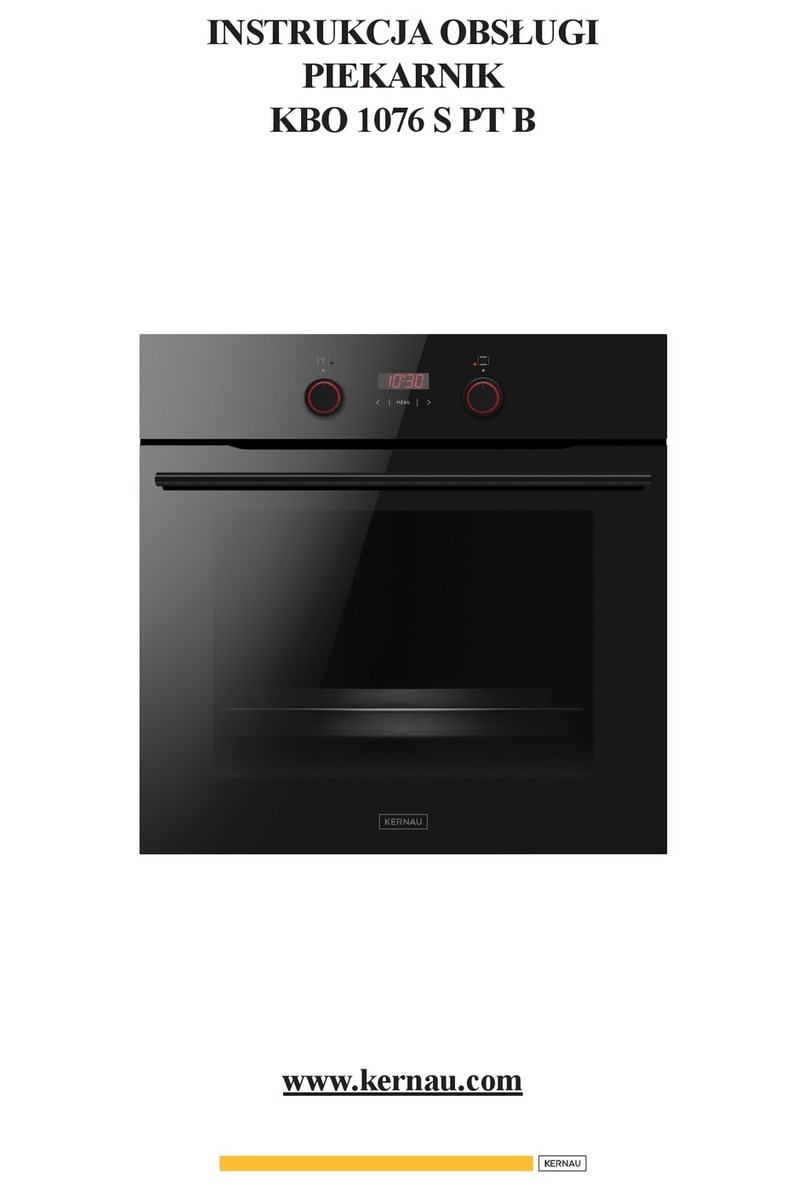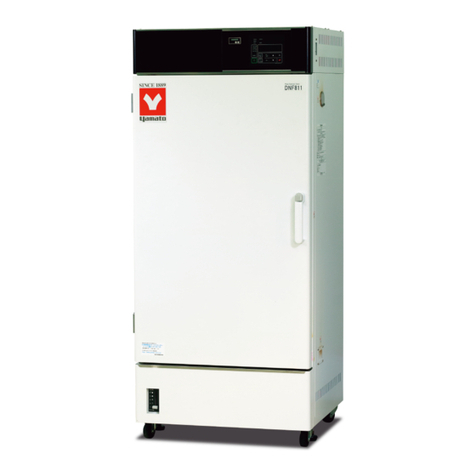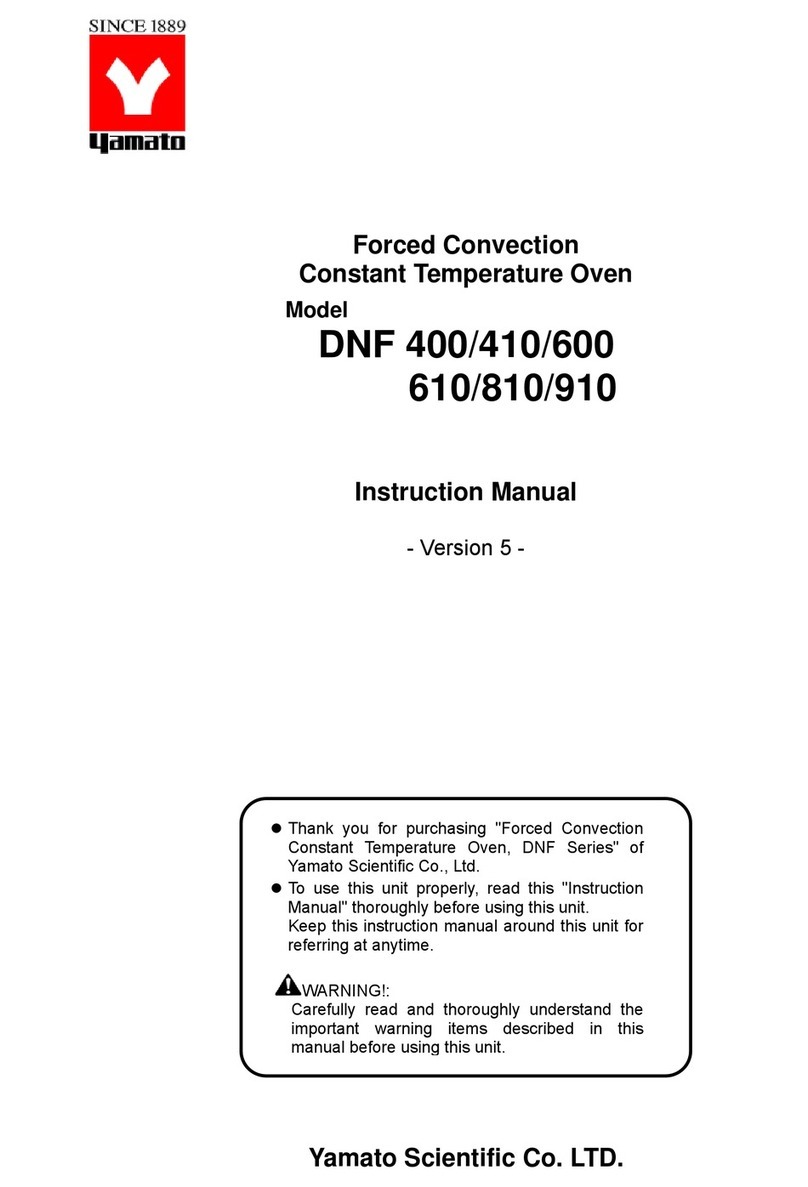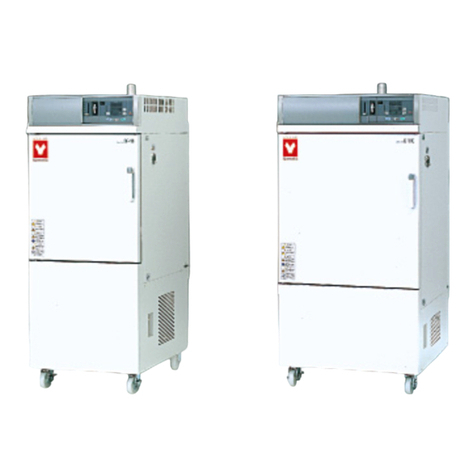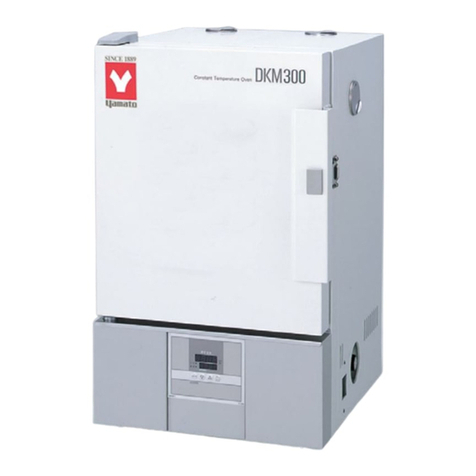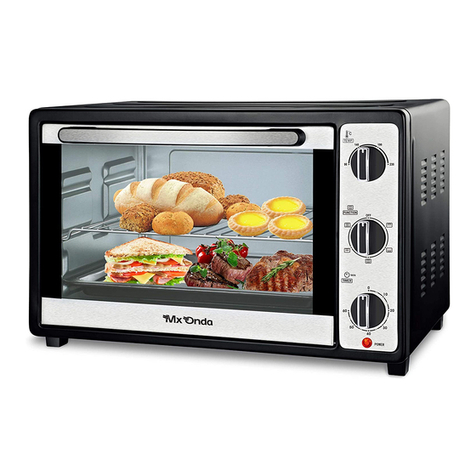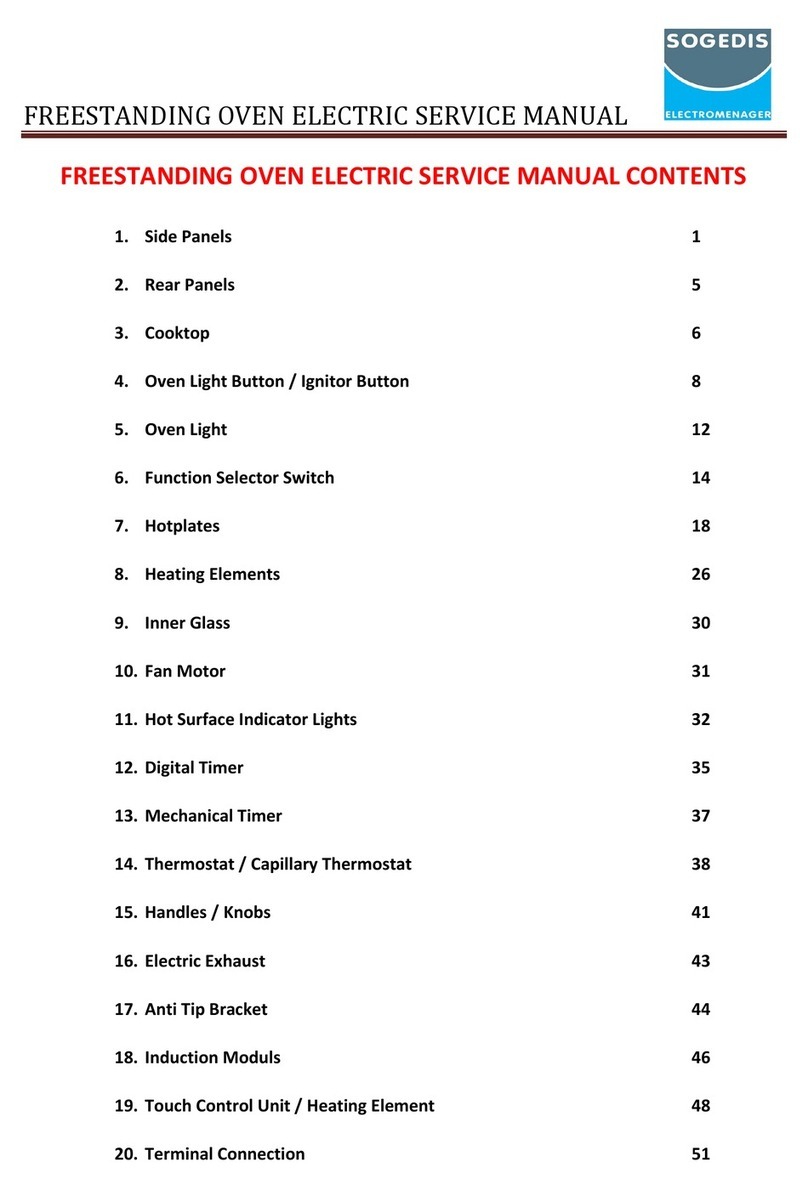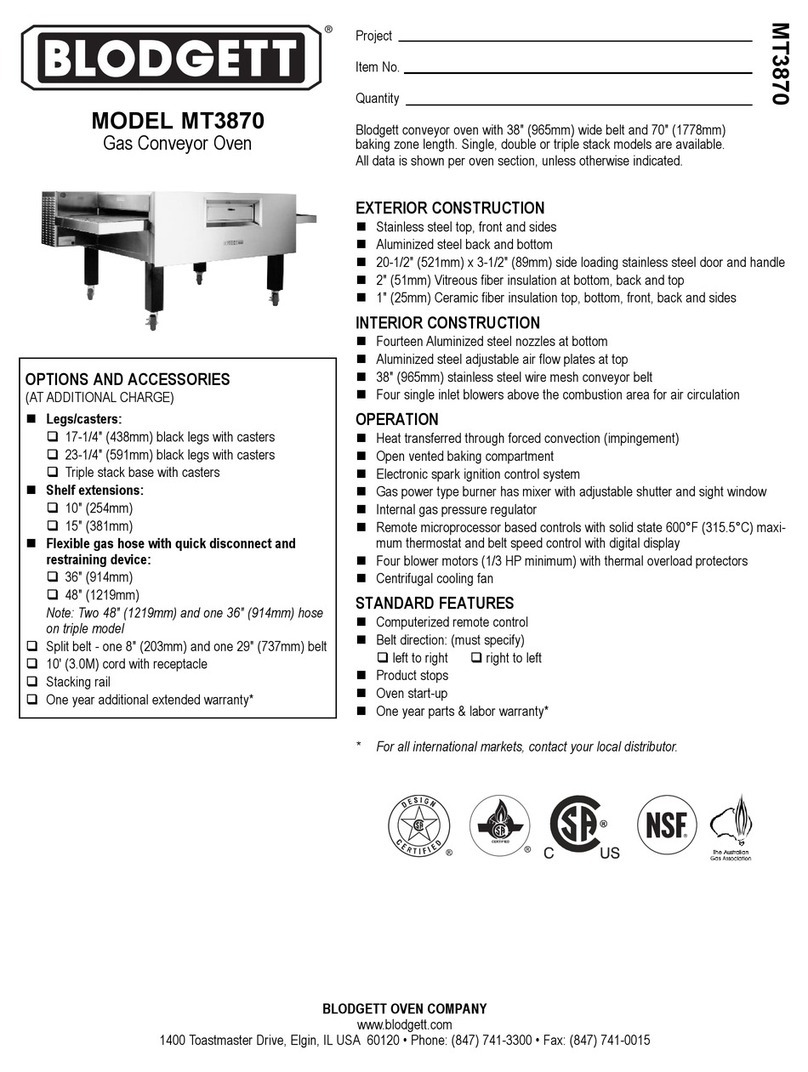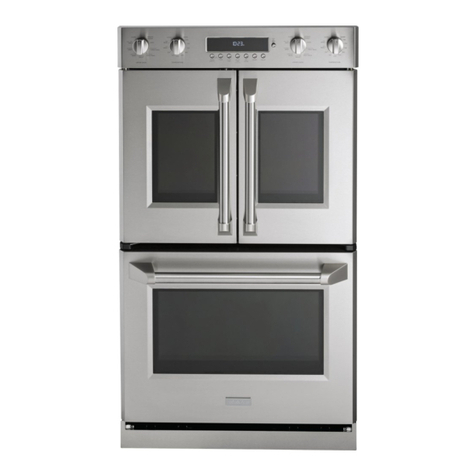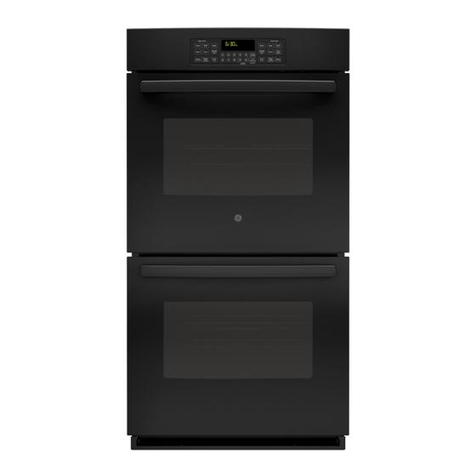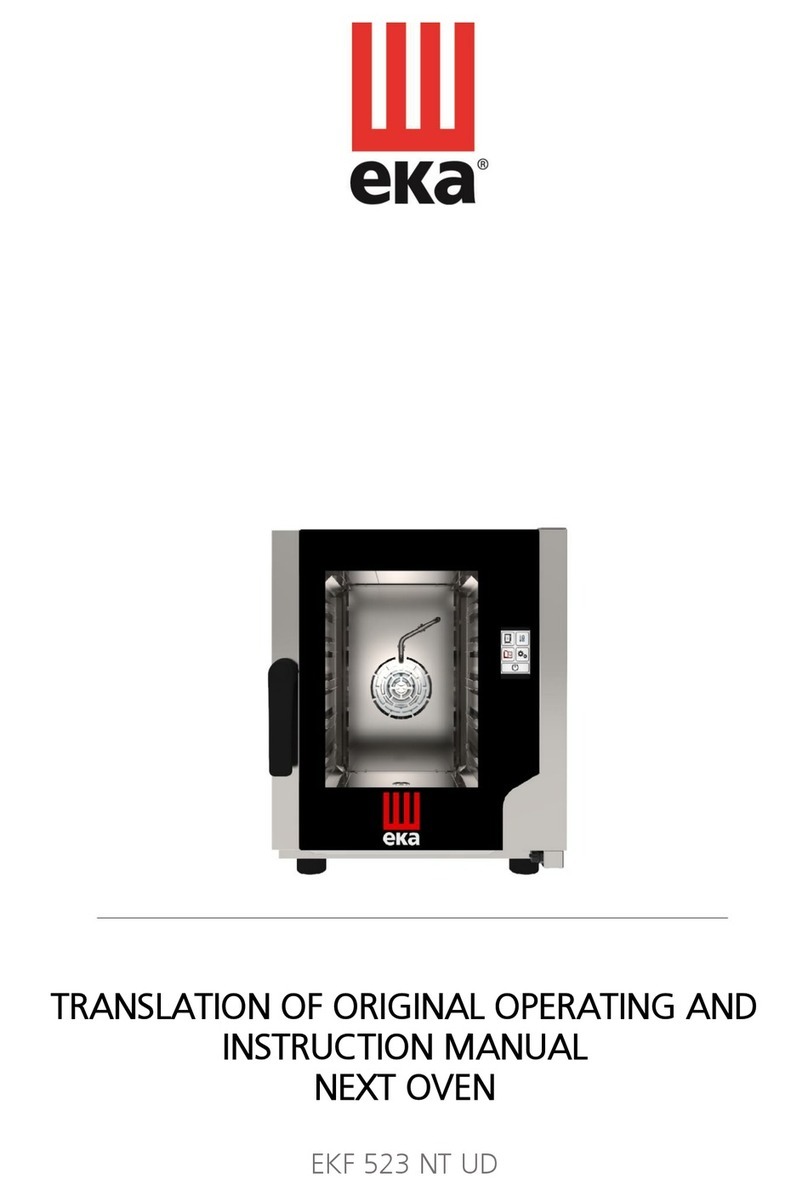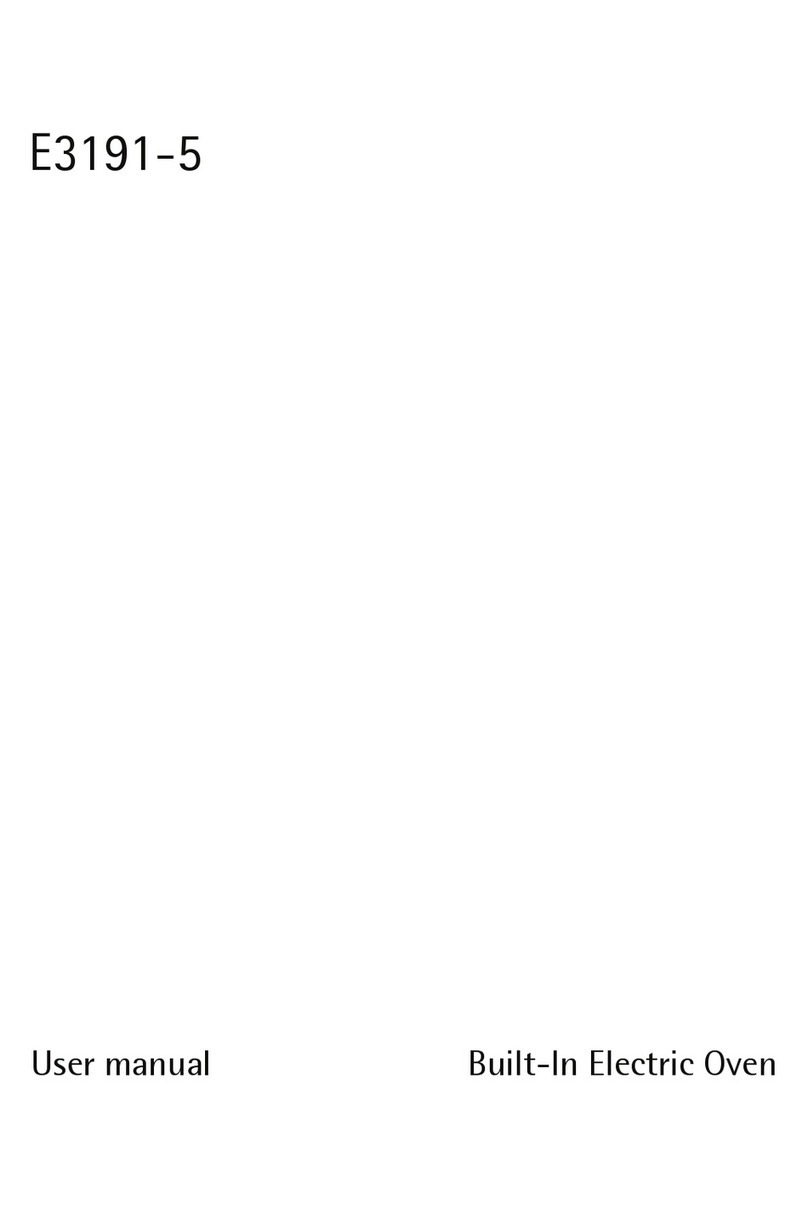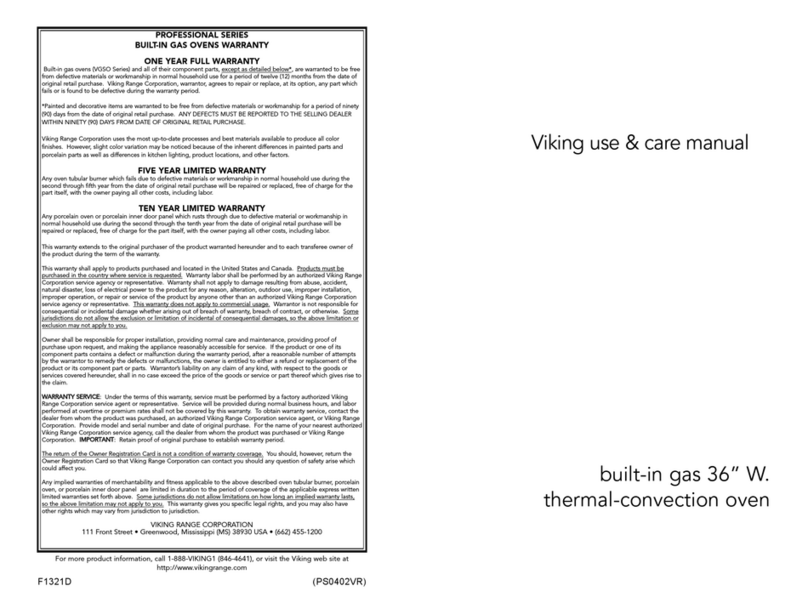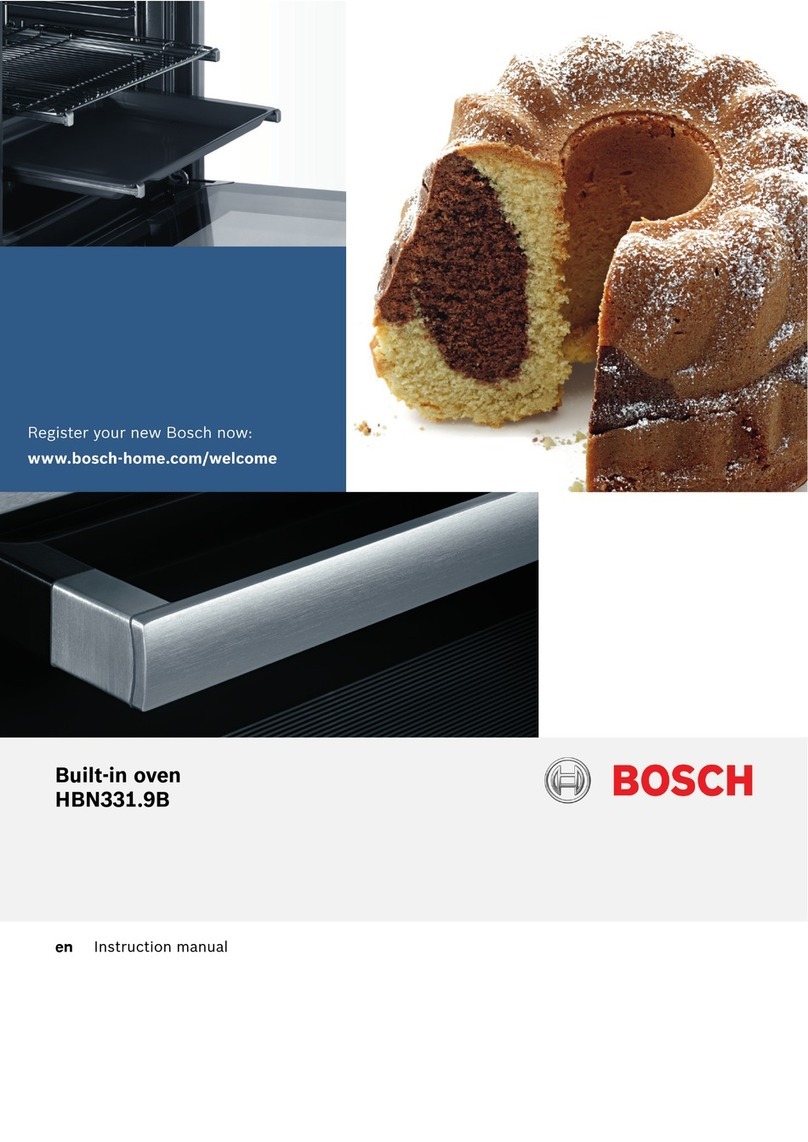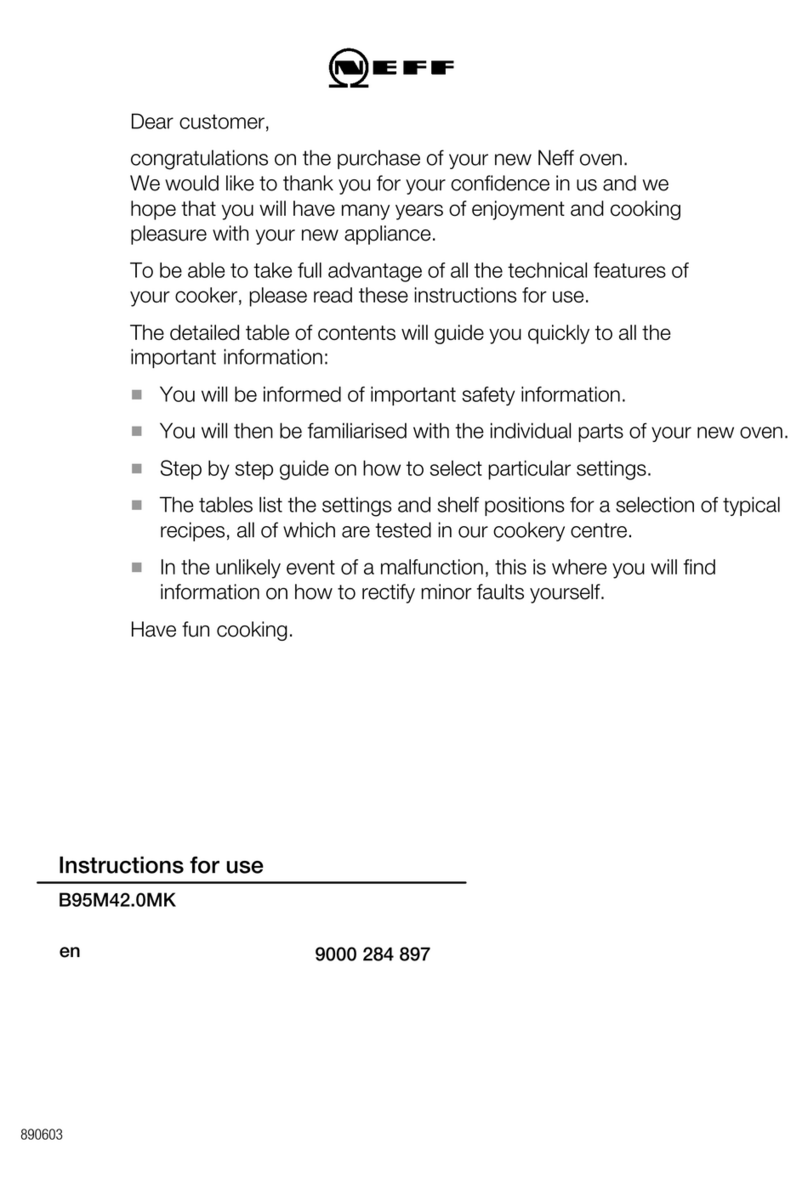
Contents
1. SAFETY PRECAUTIONS........................................................... 1
Explanation of Symbols ...................................................................................................................... 1
Symbol Glossary................................................................................................................................. 2
Warnings & Cautions.......................................................................................................................... 3
2. PRE-OPERATION PROCEDURES................................................... 4
Installation Precautions & Procedures................................................................................................ 4
3. COMPONENT NAMES AND FUNCTIONS ............................................ 8
Unit Exterior ........................................................................................................................................ 8
Interior Structure................................................................................................................................. 9
Control Panel .................................................................................................................................... 10
4. OPERATION PROCEDURE........................................................ 11
Prior Confirmation............................................................................................................................. 11
Setting Date & Time.......................................................................................................................... 12
Keypad Tone Setting ........................................................................................................................ 13
Constant Temperature Operation..................................................................................................... 15
Auto Stop Operation ......................................................................................................................... 19
Auto Start Operation......................................................................................................................... 22
Variable Fan Speed.......................................................................................................................... 25
Programmed Operation .................................................................................................................... 27
Programming Procedure................................................................................................................... 30
Copying & Deleting Programs .......................................................................................................... 36
Wait Function Explanation................................................................................................................ 38
Keypad Lock Function ...................................................................................................................... 39
Calibration Offset Function ............................................................................................................... 40
Recovery Function............................................................................................................................ 41
CO2Emissions & Power Consumption Settings............................................................................... 42
Data Backup, Data Recovery & Reset ............................................................................................. 44
Monitoring Data................................................................................................................................. 45
Independent Overheat Prevention Device........................................................................................ 47
5. HANDLING PRECAUTIONS ....................................................... 48
Warning.................................................................................................................................... 48
Caution................................................................................................................................... 49
6. MAINTENANCE PROCEDURES.................................................... 54
Daily Inspection & Maintenance ....................................................................................................... 54
7. STORAGE AND DISPOSAL ....................................................... 55
ExtendedStorage&UnitDisposal......................................................................................................... 55
Disposal Considerations................................................................................................................... 55
8. TROUBLESHOOTING ............................................................ 56
Error Codes....................................................................................................................................... 56
Troubleshooting Guide...................................................................................................................... 58
9. SERVICE AND REPAIR ........................................................... 59
10. SPECIFICATIONS ............................................................... 60
11. ACCESSORY OPTIONS.......................................................... 62

